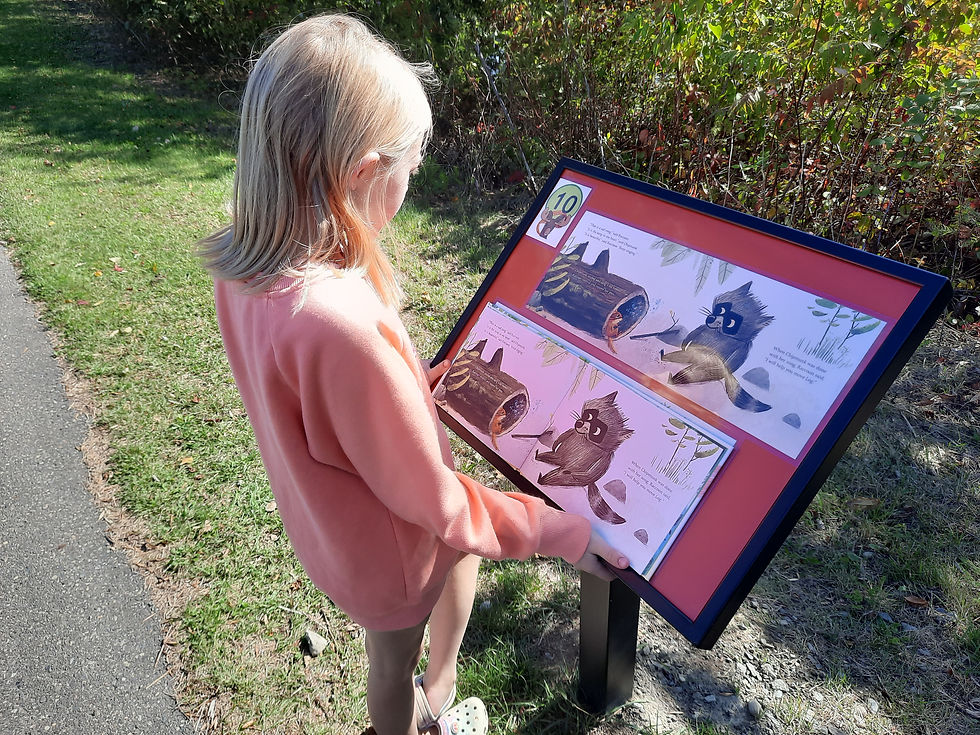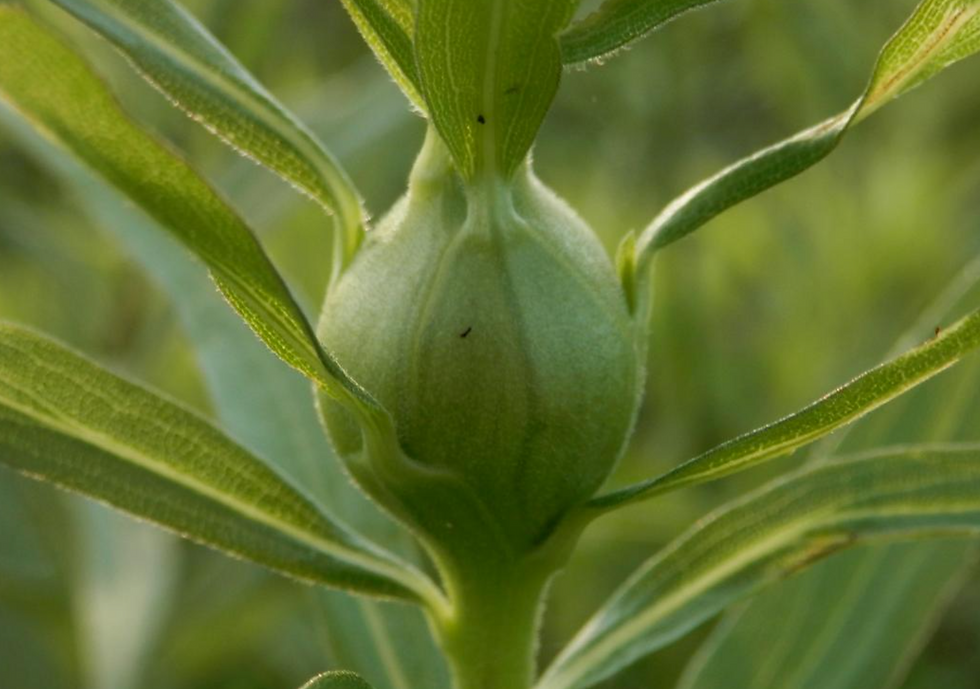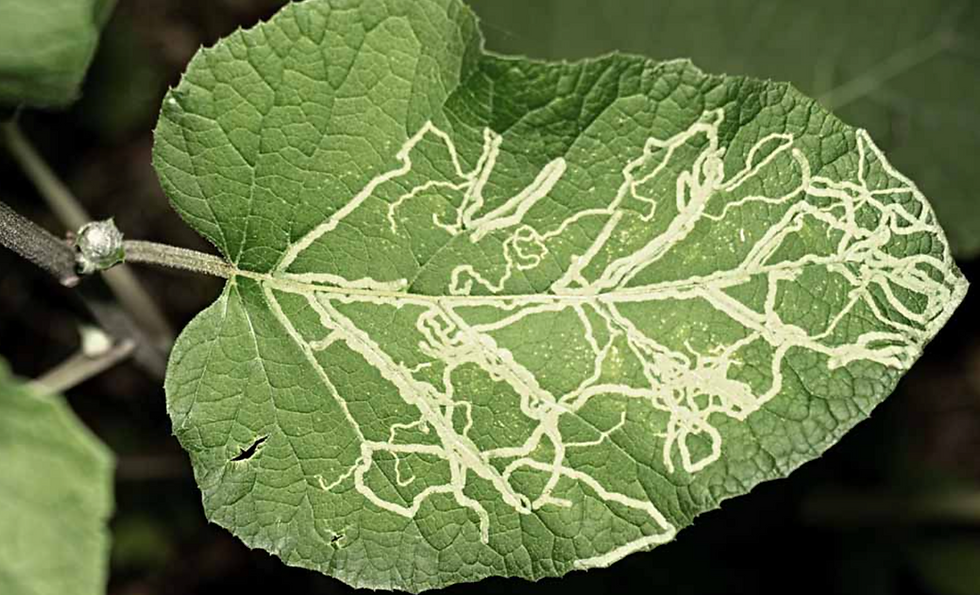Finding Your "Wow"s on a Nature Walk
- Catie Joyce Bulay
- Oct 15, 2022
- 3 min read
Have you checked out the latest StoryWalk® story yet? You can enjoy reading the pages of “CHIRP! Chipmunk Sings for a Friend” by Jamie A. Swenson along the North Street Community Connector Trail meandering beside Mesalonksee Stream.

The stories along the trail rotate out seasonally, and the StoryWalk® project was created last year by the Waterville Public Library. The library works with the Children’s Discovery Museum and Waterville Creates to choose the books and add prompts along the trail.
The books are a great way to engage kids while they walk the trail but there are some other simple things you can do to help the whole family enjoy every walk in the woods!
How to Play in Nature
The first thing I often encourage parents to do on a walk is to connect with their own sense of wonder and curiosity. This spirit of awe is intact in our children, and we can help encourage play, thinking, and curiosity with our own attitude. Adults can stop children with one loud “EEEEWWW” in response to a critter! Try changing each “Eww” to “WOW”!
Questions and prompts to use on a trail:
Let’s try closing our eyes to listen! (Be silent and close your eyes for 30 seconds.)
What do we hear? Can we hear different types of birds? Do we hear human sounds? What about the wind in the leaves?
Let’s see if we can hear 5 different sounds and remember what we hear! (I sometimes call this a sound collection; older kids can record sounds on a phone.)
Let’s try using our nose today. What do we smell? (Try holding pine needles up to your nose.)
What kinds of things look soft or rough or tickly? (Try holding leaves, touching bark, and feeling moss.)
Let’s count the chickadees we see! (You can make this broader to include all birds.)
Can we find insects? Let’s look closely!
Can we find different shapes and colors? Let’s try!
Things to discover and find:

Folded leaves
Leaves with bite marks
Galls (A gall is a swelling in a leaf where an insect had laid an egg and the plant has swollen around the intruder! (See photo)
Leaf mines (See photo)
Nests – best when leaves are gone in autumn or very early spring before trees leaf out
Squirrel signs – scattered pinecones and seed husks (I like to call this a squirrel party!)
A dray – a squirrel nest (They are often high up and look like rounded messy bird nests.)
Lichen, moss, and mushrooms
Flowers of all sorts
Salamanders! (See tips section for more info on them.)

Things to bring with you:
Paint chips from the hardware store (You can play a matching game on the trails. It is amazing the variety of colors you will find on any walk in the woods.)
Binoculars (not great for young ones)
Magnifying glasses
Bird songs on phone (The Merlin app can record and identify songs; it is amazing.)
Clipboards with paper for drawing
Pencil (I often attach them to the clipboard with a string to avoid leaving the pencil behind on the trail.)
Snacks!
More tips:

Young children can find insects easily; being lower to the ground has its benefits. Encourage carefully looking but not touching; many fuzzy caterpillars can cause itching.
Learn to ID poison ivy!
Try flipping over logs to see who lives underneath. Red Backed Salamanders are the most abundant vertebrate in the northeast; see if you can find them under logs. Just be sure to roll the log back into place when you are done and never touch a salamander with bug spray or hand sanitizer on your hands.
Find your “wows”. Use your small people as mentors to experience wonder; they are very good at it.
Don’t be afraid to not know an answer; there is so much to learn in the woods. I use not knowing to help me ask questions like a scientist does. I like to model this for kids, “what questions do we have?”
Do tick checks; don’t let them stop you from exploring!
It is great to have kids focusing on long distances and up close; the outdoors is a great place to do that. Just remember that kids under 4 or 5 often can’t focus up close or use binoculars.
Try taking a walk that does not have an end goal; just enjoy the moments in the walk. Sometimes I can go 15 feet and spend an hour doing so!
I love nature apps; my favorites include Seek, iNaturalist, and Merlin.
Enjoy the present moment. The forest can lower blood pressure and provide a sense of calm and peacefulness for you and your family.
Have a great walk!
Today’s blog in our Power of Play series is by board member Serena Sanborn. Serena is a Maine Master Naturalist and works for Waterville Creates designing programming often using art and science together. She has been on the Children’s Discovery Museum board since 2018.
Comments